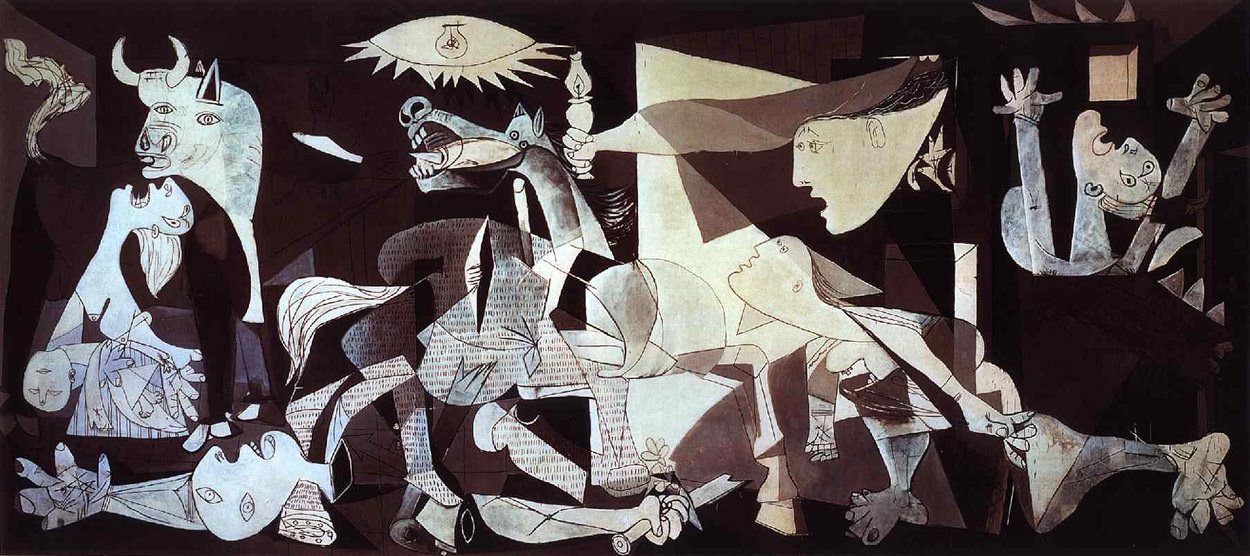Anytime artists create the setting for their work — be it a novel, a painting, a film or even a doodle — they are making a very deliberate decision, one that can have a profound effect on the ability of the art to communicate. The inclusion of time in setting at all is a deliberate choice. Artists can choose either to make their work “timeless” or date it in time and space in a way that makes setting inextricable from content.
Theoretically, the correct decision would differ on a case-by-case basis. Yet, I would argue, art which attempts to subvert notions of setting only disservices its ability to convey meaning. Truly timeless art is deeply connected to its setting, both in content and in context.
To obfuscate the characteristics which identify historical context is to back oneself into a more and more oppressive corner of expression. Form, language, allusion: all these features in art immediately give away the source’s location in time, and to restrict these devices to any degree is to greatly reduce the number of tools at an artist’s disposal. There will always be indicators of where and when art comes from, and any attempt to obscure this context will fail with the passage of time. Those attempts will more than likely be detrimental to the art’s quality.
An attempt to restrict art in such a way can be based on the notion that art devoid of setting is able to communicate meaning through other methods; that anyone who reads a novel without such indicators can understand and internalize meaning without the distraction of obvious contextual ignorance. Restriction is based on the belief that art without context is transcendent, but this robs the consumer of context, which is an extremely meaningful dimension.
How can one understand the art of the Modernists, from Picasso to Pollock, without understanding the historical context that molded their movements, and by extension, the artists’ personal philosophy? The historical significance of artistic movements like modernism is extremely meaningful and taps into the personally relevant lessons of history. To exclude the collective story of mankind from art is not transcendent, it is reductive and naive.
Consider Shakespeare. Why does nearly every high school student in America read his plays, despite the fact that most American teenagers are fundamentally removed from those works, both in language and historical context? Do his works contain any particular depth of meaning making them of greater value than the more easily understood works of recent artists? Not particularly. Shakespeare remains relevant today because the themes in his works are incredibly simple. Love, death, sex, destiny. These motifs are constantly explored in all of Shakespeare’s works and remain extremely relevant throughout history.
The original Star Wars films, made in the late ’70s, still resonate strongly with a large audience — one that can’t help but notice the incredibly low quality of its special effects relative to what it’s used to — similarly for its timeless themes: the eternal struggle of good versus evil, family and temptation.
This is what makes art so powerful. Regardless of historical context, language, form or any other characteristic, the same themes continue to shine through work of all kinds. This is art’s power; to tie together human beings across time and space, between cultures and individuals. Human history is painful and tragic and beautiful in all the ways art attempts to be, and to attempt to transcend that history is a denial of that story’s power to communicate intensely powerful meaning.
Aaron Bernstein is a freshman government and politics major. He can be reached at abernst3@terpmail.umd.edu.



